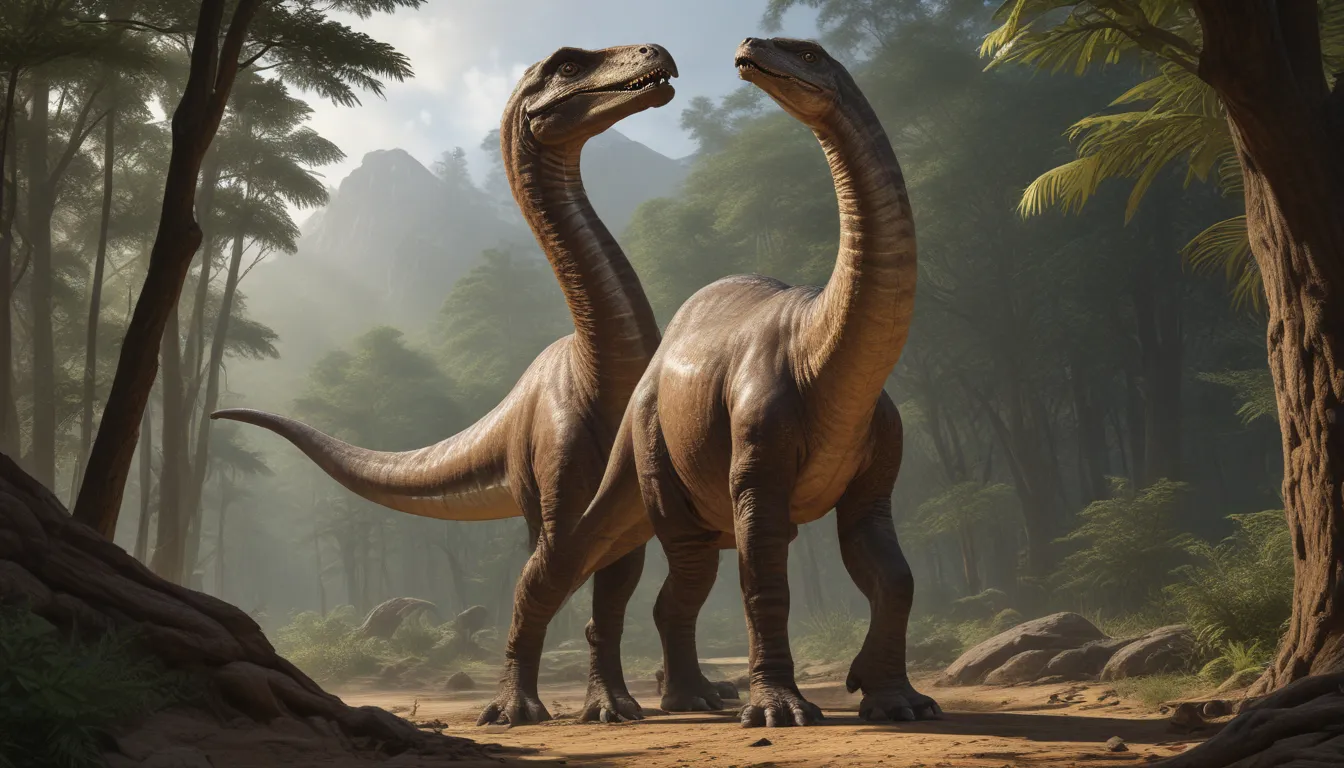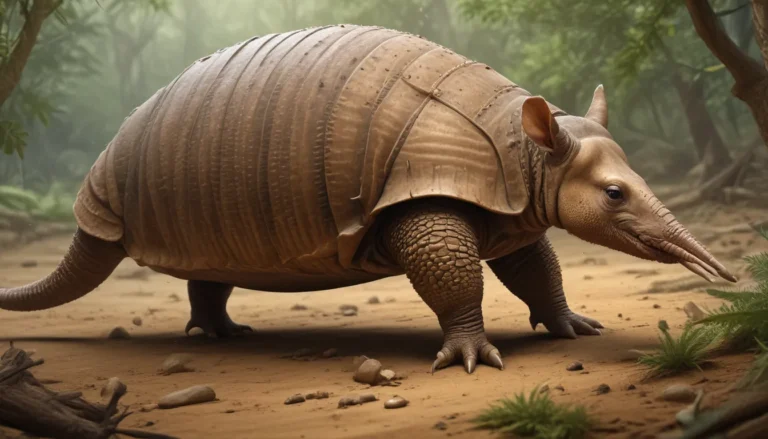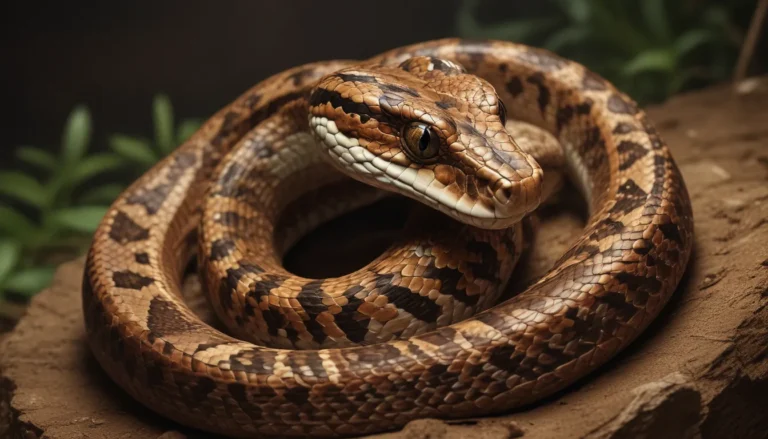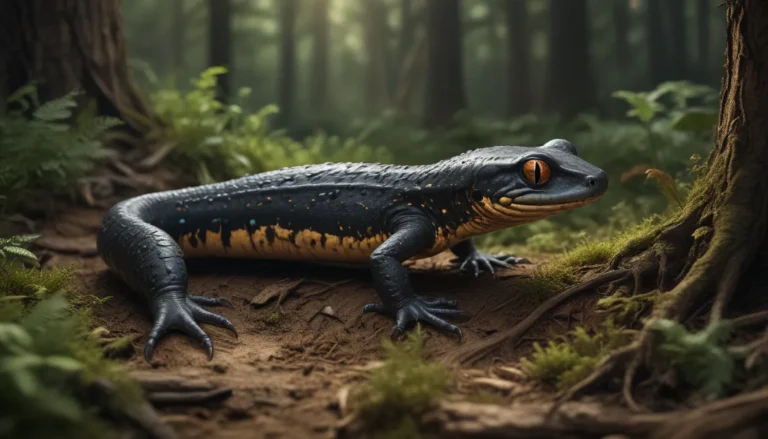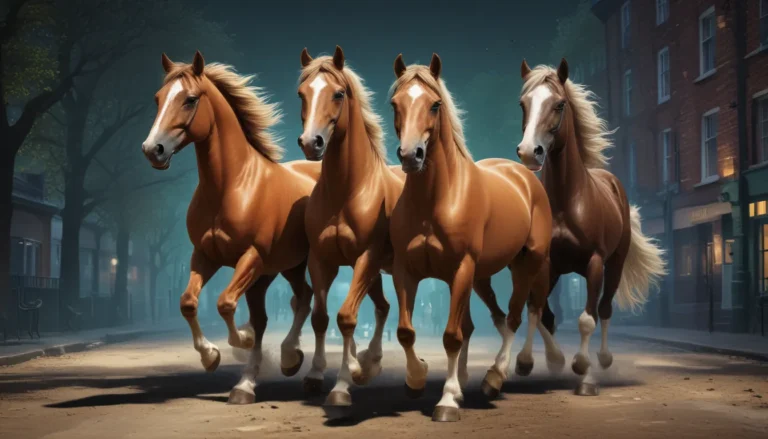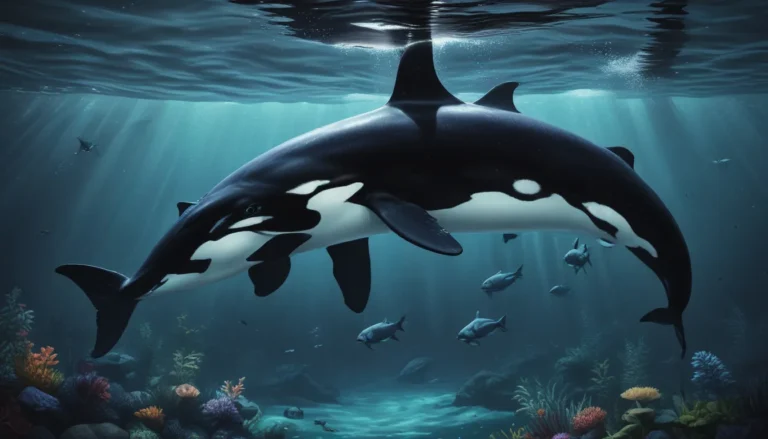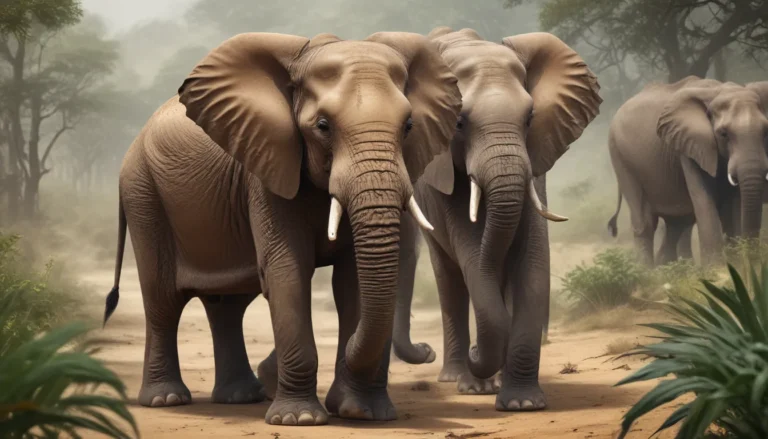The pictures we use in our articles might not show exactly what the words say. We choose these pictures to make you interested in reading more. The pictures work together with the words but don’t take their place. The words still tell you the important facts.
Embark on an exciting journey through time as we delve into the world of the Mamenchisaurus, the "giant dragon of Mamenchi," a captivating dinosaur that roamed the Earth during the Late Jurassic period. Discover the unique characteristics and secrets of this majestic prehistoric creature as we explore 18 intriguing facts that shed light on its remarkable existence.
The Enigmatic Mamenchisaurus: A Pinnacle of Evolution
- Mamenchisaurus was a gigantic, long-necked sauropod dinosaur that captivated the imagination of paleontologists and dinosaur enthusiasts alike during the Late Jurassic period in China. With its unique features and impressive size, this herbivorous creature stands out as a true icon of prehistoric times.
Anatomical Marvels of Mamenchisaurus
1. Mamenchisaurus: A Long-Necked Wonder
Mamenchisaurus was renowned for its extremely long neck, stretching up to an astonishing 35 feet in length! This adaptation allowed the dinosaur to reach high up in trees for food, showcasing its remarkable feeding strategies and evolutionary prowess.
2. Cranium to Corpus: The Proportions of Mamenchisaurus
Despite its elongated neck, Mamenchisaurus boasted a relatively small head in proportion to its body, enabling it to efficiently feed on vegetation. This unique feature highlights the intricate balance of adaptations that allowed this dinosaur to thrive in its environment.
3. The Flexibility of Vertebrae: A Neck Like No Other
The neck of Mamenchisaurus consisted of up to 19 vertebrae, each connected by flexible joints, granting the dinosaur unparalleled flexibility and reach. This anatomical marvel facilitated its browsing for food in tall trees and contributed to its survival in a competitive ecosystem.
4. Length Matters: Mamenchisaurus’s Impressive Size
Adult Mamenchisaurus individuals could reach staggering lengths of up to 70 feet, making them one of the largest dinosaurs of their time. The elongated neck played a significant role in this impressive size, showcasing the grandeur of this prehistoric giant.
5. Tail of Defense: The Mighty Whip-Like Appendage
In addition to its long neck, Mamenchisaurus possessed a powerful tail that served as a defensive weapon against predators. The whip-like structure of its tail allowed for formidable strikes, adding to the dinosaur's survival strategies in a dangerous world.
6. Balance in Proportions: Body Versus Neck
Despite its remarkable long neck, Mamenchisaurus had a relatively small body compared to its neck. This unique ratio contributed to its agility and lightness, distinguishing it from other sauropods of its era.
Unveiling the Origins and Habitat of Mamenchisaurus
7. Discovery in China: The Birthplace of Mamenchisaurus
The first fossil remains of Mamenchisaurus were unearthed in Sichuan Province, China, igniting a fascination with this remarkable dinosaur that continues to this day. Subsequent discoveries in the region have further enriched our understanding of this prehistoric giant.
8. A Forested Dwelling: The Habitat of Mamenchisaurus
Mamenchisaurus thrived in a forested environment, where it could feast on abundant vegetation. Its elongated neck enabled it to reach leaves and branches high up in the trees, showcasing its specialized feeding habits and ecological niche.
9. Peg-Like Teeth: Tools for Herbivorous Feasting
Unique among plant-eating dinosaurs, Mamenchisaurus sported peg-like teeth adapted for biting and slicing vegetation. These specialized dental features underscored its dietary preferences and distinguished it from its herbivorous counterparts.
10. Social Nesting Behaviors: Insights from Fossils
Fossilized nests and eggs provide evidence that Mamenchisaurus individuals nested in groups and laid large clutches of eggs, reflecting a social aspect of their behavior. This discovery offers a glimpse into the reproductive strategies of this iconic sauropod dinosaur.
Evolutionary Feats of Mamenchisaurus
11. Adaptation for Feeding: The Long and Flexible Neck
Mamenchisaurus's elongated neck vertebrae were crucial in evolving a long and flexible neck that enabled it to browse for food from tall trees without excessive body movement. This anatomical adaptation highlights the evolutionary success of this remarkable dinosaur.
12. Quadrupedal Posture: Stability for a Giant
Walking on all four legs, Mamenchisaurus maintained a quadrupedal posture, with its front limbs slightly shorter than its hind limbs. This stance provided stability to support its massive body and elongated neck, showcasing its evolutionary adaptations to its environment.
13. Sauropod Heritage: A Distinguished Lineage
Belonging to the sauropod group of dinosaurs, Mamenchisaurus shared its lineage with other long-necked herbivores like Brachiosaurus and Apatosaurus. This classification emphasizes its position among the giants of the prehistoric world.
14. Slow and Steady: The Metabolism of Mamenchisaurus
Due to its large size and herbivorous diet, Mamenchisaurus likely possessed a slow metabolism, enabling it to conserve energy and efficiently process plant matter. This metabolic strategy contributed to its survival and success as a dominant herbivore.
A Time of Coexistence: Mamenchisaurus Among Dinosaurs
15. Ecological Companions: Coexistence with Other Dinosaurs
Mamenchisaurus shared its habitat with a diverse array of dinosaurs, including Stegosaurus, Allosaurus, and other herbivores like Camarasaurus. This coexistence reflects the complex interactions that shaped prehistoric ecosystems.
16. The Origin of a Name: Meaning Behind Mamenchisaurus
The name Mamenchisaurus derives from the Chinese word "Mamen," meaning horse gate, paying homage to the location of the first fossil discoveries. This name symbolizes the cultural significance of this iconic dinosaur in the region.
17. Fossil Discoveries: Unveiling the Mysteries of Mamenchisaurus
The initial unearthing of Mamenchisaurus fossils in 1952 revealed a remarkably preserved skull, providing valuable insights into its anatomy and evolutionary history. These discoveries continue to fuel our fascination with this long-necked giant.
18. Enduring Legacy: Mamenchisaurus in Popular Culture
With its distinctive features and remarkable proportions, Mamenchisaurus remains one of the most iconic long-necked dinosaurs in popular culture and scientific research. Its enduring legacy and captivating allure continue to inspire curiosity and awe in enthusiasts worldwide.
Unraveling the Mystique of Mamenchisaurus: A Timeless Tale of Evolution
In conclusion, Mamenchisaurus stands out as a fascinating dinosaur species that offers valuable insights into the ancient world of the Late Jurassic period. From its immense size and specialized adaptations to its coexistence with other dinosaurs, Mamenchisaurus provides a window into the diversity of life that once thrived on our planet. As research advances and more fossils are unearthed, we can expect to uncover even greater mysteries surrounding this majestic prehistoric creature.
Delving Deeper: Answers to Frequently Asked Questions
- How big was Mamenchisaurus?
-
Mamenchisaurus was a gigantic dinosaur, with the largest individuals reaching lengths of up to 70 feet or more.
-
What did Mamenchisaurus eat?
-
Mamenchisaurus was an herbivorous dinosaur that primarily fed on vegetation such as ferns, cycads, and conifers.
-
Did Mamenchisaurus have any predators?
-
Although no direct evidence exists, it is believed that Mamenchisaurus may have faced threats from large carnivorous dinosaurs, such as Allosaurus.
-
When did Mamenchisaurus live?
-
Mamenchisaurus lived during the Late Jurassic period, approximately 160 to 145 million years ago.
-
Where have Mamenchisaurus fossils been found?
-
Mamenchisaurus fossils have been discovered in various regions of China, including Sichuan and Yunnan provinces.
-
How did Mamenchisaurus defend itself?
-
Due to its large size and long neck, Mamenchisaurus likely relied on its sheer size as a form of defense against predators. It also had a whip-like tail that could have been used for protection.
-
Can Mamenchisaurus fossils be seen in museums?
-
Yes, many museums around the world display fossils of Mamenchisaurus, including prominent institutions like the Beijing Museum of Natural History and the Museum of Jurassic Technology in the United States.
-
How long did Mamenchisaurus live?
- While it is challenging to determine the exact lifespan of Mamenchisaurus, comparisons with modern-day reptiles suggest that they may have lived for several decades.
Embrace the Spectrum of Knowledge: A Journey Through Time and Evolution
Engage with the wonder and awe of Mamenchisaurus as you uncover the enigmatic secrets of this majestic dinosaur. From its towering stature to its intricate adaptations, Mamenchisaurus offers a glimpse into a bygone era filled with unique creatures and evolutionary marvels. Join us on this educational expedition through time and embrace the enduring legacy of Mamenchisaurus in the tapestry of Earth's history.
